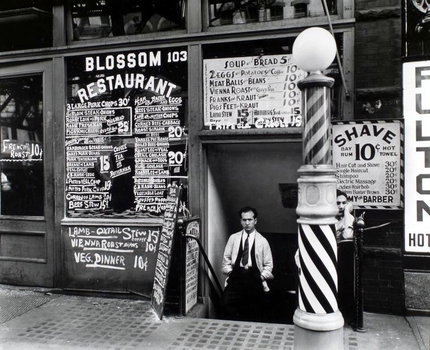Whether you develop a brand or not, you are going to be branded. Just ask any Maverick. In the new age of instantaneous international communications, the way we present ourselves and our products determines the access we have to the market.
Jeremy Goldman, founder of Firebrand Group, shares some of his savvy marketing insights with AANY.
How does branding distinguish one product from the other in the contemporary market?
JG: Branding ties into perception, and frankly, perception winds up being more important than reality when it comes to marketing your product. If you don’t believe that, there’s a wealth of case studies in which technically inferior products actually won in the market based off superior branding.
With the proliferation of the communication and availability of marketing tools at the hands of the general public, how is this transforming the world of marketing?
JG: Customers can communicate more directly with brands, and brands can go directly to the customer. This means that the customer relationship is becoming more important than ever before. Whoever owns that relationship wins. Some brands have completely turned that relationship over to their distributors and retailers, and once they give up that relationship, it’s pretty hard to get it back.
What are some of the worst mistakes made in marketing?
JG: How much time do you have? I could talk for an hour, but I’ll spare you. The cardinal sin, I’d say, is making something great that simply has no market to support it. I’ve seen product development geniuses make products that are technically superior in every way, except that nobody wants them. They would have been better off creating a solid but far from excellent product that consumers are actually clamoring for.
What opportunities are people missing in promoting themselves and their products?
JG: One of the biggest missed opportunities is to not put the time to invest a strong social media presence on the channels in which your prospects and customers spend time. If your market is on Twitter, be on Twitter – and don’t just have an account, but challenge yourself to get better at Twitter on an ongoing basis. The same principle applies if your market is on Snapchat, or LinkedIn, or any other social media platform. Place yourself where your customers are, and force yourself to continually do a better job at making lasting connections on those platforms.
What do you feel are the big marketing opportunities that will open in the future?
JG: The biggest marketing opportunity, in a lot of ways, is to get away from the metric of Impressions. This is an old, dated metric that doesn’t tell you anything. If I say I can get you 300,000 impressions, or 20,000 impressions, which one would you prefer? You’d probably say the former. But what if I tell you that the 20,000 impressions are with much more qualified prospects? Your answer quickly changes. Given that, the biggest marketing opportunity is to focus on segmentation and targeting to small, more qualified audiences. While there’s more work associated with this approach, you’re also not spending as many advertising dollars on a completely untargeted print campaign.











